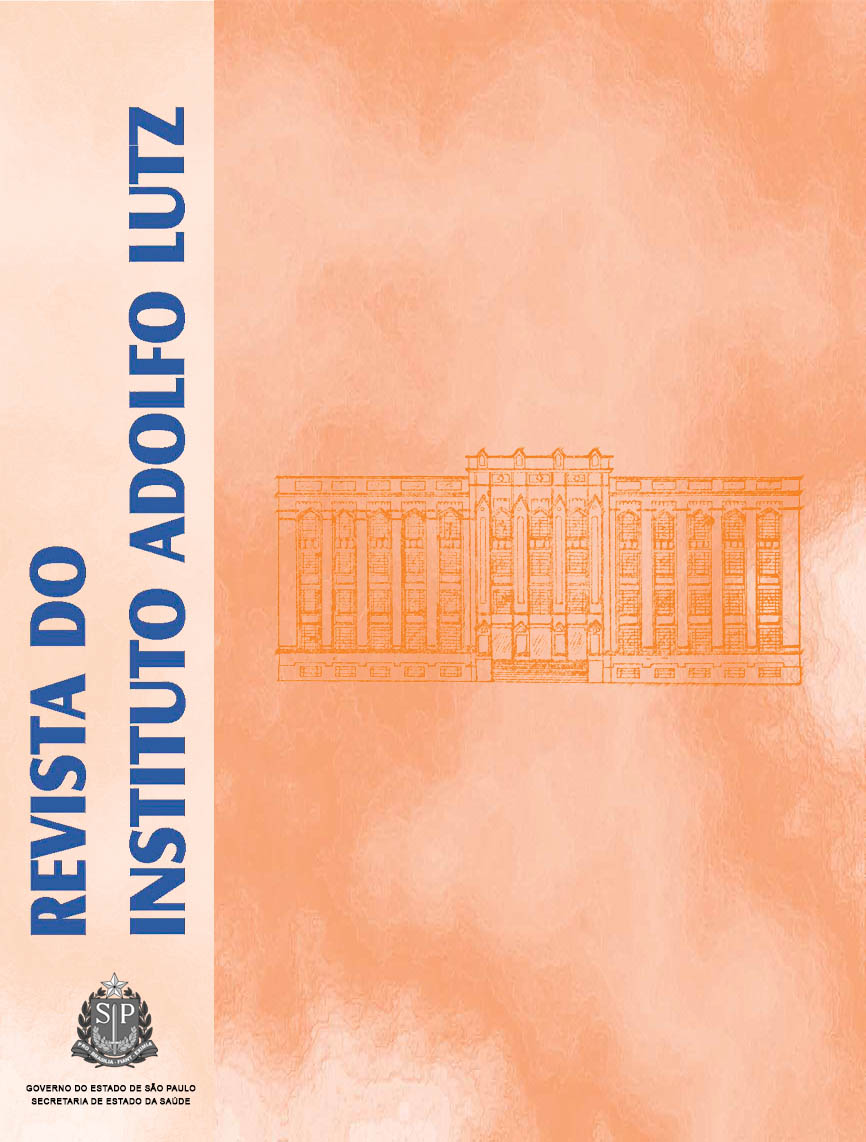Abstract
The present study aimed at identifying the fungal species occurring in granola, and to verify the ability of the strains in producing ochratoxin A. Sixty granola samples of four different brands were purchased in commercial establishments located in the city of Teresina – Piauí state. The fungi were counted, isolated and the species were identified, and the section Nigri strains were tested for detecting their ability in producing ochratoxin A. No fungal growth was found in 11 of the analyzed samples. In samples showing fungal growth, it was as high as 5.17 log10 CFU/g. A significant difference (p<0.05) among the analyzed granola brands was found. The most frequently isolated fungus genus was Cladosporium (46.9 %), followed by Aspergillus spp and its teleomorphs (37.4 %), and Penicillium spp. (5.4 %). The granola brand A showed the highest counting among the analyzed brands, which demonstrated that a possible failure at some stages of the industrialization process might be occurred. None of the isolated Aspergillus section Nigri strains showed the ability in producing ochratoxin A.References
1. Granada G, Rosa V, Zambiazi R, Koetz P. Caracterização de granolas comerciais. Ciênc Tecnol Aliment. 2003;23(1):87-91.
2. Vecchia AD, Castilhos-Fortes R. Contaminação fúngica em granola comercial. Ciênc Tecnol Aliment. 2007;27(2):324-7.
3. Dantigny P, Guilmart A, Bensoussan M. Basis of predictive mycology. Int J Food Microbiol.2005; 100:187–96.
4. Pereira MMG, Carvalho EP, Prado G, Rosa CAR, Veloso T, Souza LAF, et al. Aflatoxinas em alimentos destinados a bovinos e em amostras de leite da região de Lavras, Minas Gerais – Brasil. Ciênc Agrotec. 2005;29(1):106-12.
5. Bennett JW, Klich M. Mycotoxins. Clin Microbiol Rev. 2003; 16(3):497-516.
6. Paterson RRM, Venâncio A, Lima N. Solutions to Penicilliumtaxonomy crucial to mycotoxin research and health. Res Microbiol 2004; 155(7): 507-13.
7. Magnoli C, Astoreca A, Ponsone L, Combina M, Palácio G, Rosa CAR, et al. Survey of mycoflora and ochratoxin A in dried vine fruits from Argentina markets. Lett App Microbiol 2004;39: 326–34.
8. Welke JE, Hoeltz M, Noll IB. Aspectos relacionados à presença de fungos toxigênicos em uvas e acratoxina A em vinhos. Cienc Rural. 2009;39(8):2567-75.
9. International Agencyc of Reserch on Cancer-IARC. Evaluation of carcinogenic risks to humans: some naturally occurring substances: aromatic amines and mycotoxins. 2006; 245-395.
10. Jay JM. Microbiologia de alimentos. 6ª ed. Porto Alegre: Artmed; 2005.
11. Dalcero A, Magnoli C, Chiacchera S, Palacios G, Reynoso M. Mycroflora and incidence of afaltoxin B1, zearalenone and deoxynivalenol in poultry feeds in Argentina.Mycopathologia.1997;137(3):179-84.
12. Klich MA, Pitt JI. A laboratory quide to commo Aspergillusspecies and their teleomorphs. CDIRO, Division of food research Sydney, academic Press; Austrália. 1998
13. Pitt JI, Hocking AD. Fungi and spoliage. 3 ed. London: Blackie academic and Professional; 2009
14. Bragulat MR, Abarca ML, Cabañes FJ. An easy screening method for fungi producing ochratoxin A in pure culture. Int J Food Microbiol. 2001;71:139-44.
15. Sigma Stat for windows version 1.0. Jandel Corporation. 1994.
16. Brasil. Ministério da Saúde. Resolução RDC n.12 de 02 de janeiro de 2001. Aprova o regulamento técnico sobre padrões microbiológicos para alimentos. Diário Oficial [da] República Federativa do Brasil. Brasília, DF, 10 jan 2001. Disponível em: [http://www.agricultura.gov.br/das/dipoa/rdc_12]. [Acesso: 2010 ago. 30].
17. Council for Agricultural Science and Technology – CAST. Mycotoxins: risks in plant, animal and human systems, Task Force Report Nº139. 2003.
18. Ribeiro SAAL, Cavalcanti MAQ, Fernandes MJS, Lima DMM. Fungos filamentosos isolados de produtos derivados do milho comercializados em Recife, Pernambuco. Rev Bras Bot. 2003; 26(2):223-9.
19. Roigé MB, Aranguren SM, Riccio MB, Pereyra S, Soraci AL, Tapia MO. Mycobiota and mycotoxins in fermented feed, wheat grains and corn grains in Southeastern Buenos Aires Province, Argentina. Iberoam Micol. 2009;26(4):233–7
20. Rupollo G, Gutkoski LC, Martins IR, Elias MC. Efeito da umidade e do período de armazenamento hermético na contaminação natural por fungos e a produção de microtoxinas em grãos de aveia. Ciênc Agrotec. 2006;30(1):118-25.

This work is licensed under a Creative Commons Attribution 4.0 International License.
Copyright (c) 2013 Instituto Adolfo Lutz Journal
